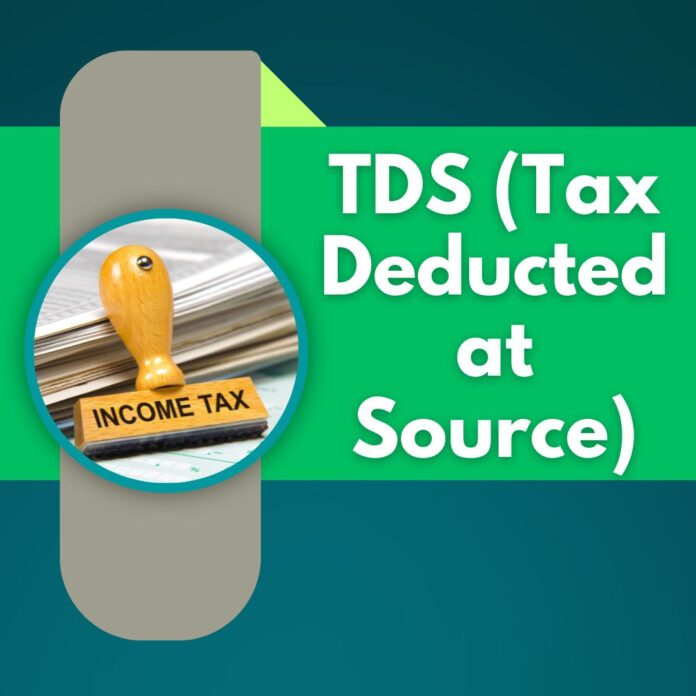Under the Goods and Services Tax (GST) framework, the Invoice Matching System (IMS) plays a crucial role in reconciling data between supplier returns and recipient claims for Input Tax Credit (ITC). However, issues arise when records like invoices, debit notes, or credit notes are wrongly rejected by the recipient in IMS — either by mistake or due to misunderstanding.
In this blog, we’ll discuss in detail the steps a recipient or supplier can take to correct such errors and ensure proper ITC flow and liability accounting. This guide is based on common queries faced by taxpayers while using IMS.
Question 1: ITC Claim on Wrongly Rejected Invoices/Debit Notes
Scenario:
The recipient has wrongly rejected an invoice, debit note, or ECO-document in IMS, but has already filed GSTR-3B for that tax period.
Solution:
To rectify this:
- The recipient should request the supplier to re-report the exact same document:
- Either in GSTR-1A of the same return period, or
- Through the amendment table in a subsequent GSTR-1 or IFF, within the time limits prescribed under GST rules.
- Once the supplier furnishes the document again without any change, the recipient must accept it in IMS.
- After acceptance, the recipient must recompute GSTR-2B in IMS to reflect the updated data.
- The entire ITC amount related to the amended record will now become available to the recipient, as the original was rejected earlier.
Important: The ITC can be claimed only in the GSTR-2B of the tax period in which the record is re-appeared and accepted.
Question 2: Impact on Supplier’s Liability for Re-Reported Invoices/Debit Notes
Scenario:
The supplier originally reported an invoice in GSTR-1/IFF, but it was wrongly rejected by the recipient in IMS. The supplier then re-reports the same document in GSTR-1A or amendment table of GSTR-1/IFF.
Impact on Liability:
- The supplier’s liability will not increase when the same record is furnished again.
- This is because the amendment table captures only delta (net change), and since the re-reported record is identical to the original, the differential value is zero.
- Hence, no additional tax is payable by the supplier due to the re-reporting.
Tip: Suppliers should regularly monitor their IMS dashboard to identify any rejections and act accordingly.
Question 3: Reversing ITC for Wrongly Rejected Credit Notes
Scenario:
The recipient wrongly rejected a credit note (CN) in IMS, and has already filed the GSTR-3B for that period.
Solution:
- The supplier should re-furnish the same credit note (unchanged):
- In GSTR-1A for the same period, or
- Through the amendment table in a later GSTR-1/IFF within the prescribed timeline.
- The recipient must accept the amended CN in IMS and recompute GSTR-2B.
- Upon recomputation, the system will automatically reduce the ITC to the extent of the entire credit note value, since the original was fully rejected.
❌ The reversal of ITC will reflect in the updated GSTR-2B, not retroactively in already filed returns.
Question 4: Impact on Supplier’s Liability for Re-Reported Credit Notes
Scenario:
The recipient rejects a credit note, and the supplier re-reports it in GSTR-1A or amendment table later.
Impact on Liability:
- Initially, the supplier’s tax liability increases because the rejected credit note is no longer reducing their tax.
- When the same CN is later re-furnished (without changes), the supplier’s liability gets reduced again for the same amount.
- As a result, there is no net change in the supplier’s tax liability. The system neutralizes the previous increase once the CN is accepted again.
🔍 In simple terms: Liability added once, reduced once. Net effect = zero.
📝 Key Takeaways
| Case | Recipient Action | Supplier Action | ITC / Liability Impact |
| Rejected Invoice | Accept amended record in IMS | Re-report in GSTR-1A or amendment table | Full ITC allowed in new GSTR-2B |
| Rejected CN | Accept amended CN in IMS | Re-report in GSTR-1A or amendment table | ITC reduced in updated GSTR-2B |
| Re-furnishing invoice/CN | Accept re-furnished record | No change in tax amount (delta = 0) | No extra liability for supplier |
| CN initially rejected | CN later re-reported | Liability first added, then reduced | Net liability = neutral |
Final Words
Mistaken rejections in IMS can affect ITC availability and tax liabilities, but timely corrective actions using GSTR-1A and amendment tables help restore accuracy. Both suppliers and recipients must coordinate and keep track of mismatches via the IMS dashboard.
Stay compliant. Reconcile regularly. And when in doubt — accept, amend, and recompute.




